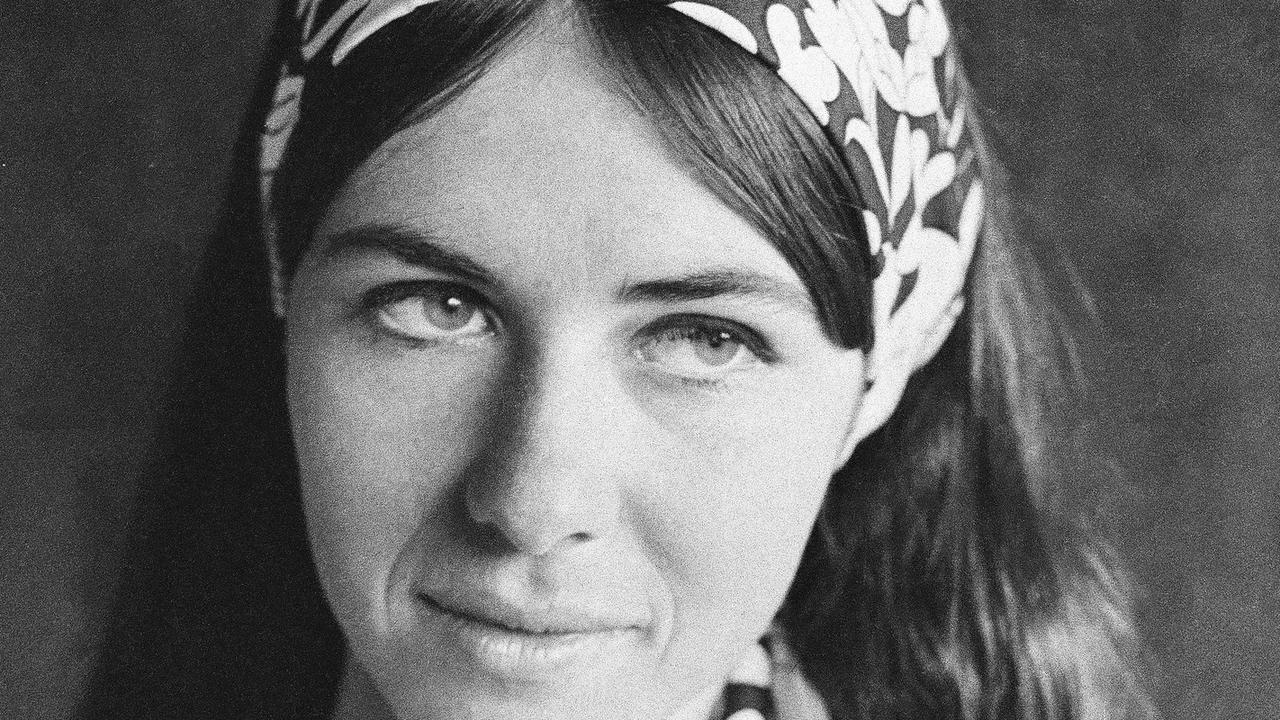Paralysed daredevil adventurer celebrates his most amazing feat yet — getting to the top of Machu Picchu
PHILIP Stephens became a quadriplegic at 18 but it hasn’t stopped his adventures. He’s just returned from a visit to Machu Picchu, the Incan citadel that’s 2,430m up in the Andes Mountains in Peru.
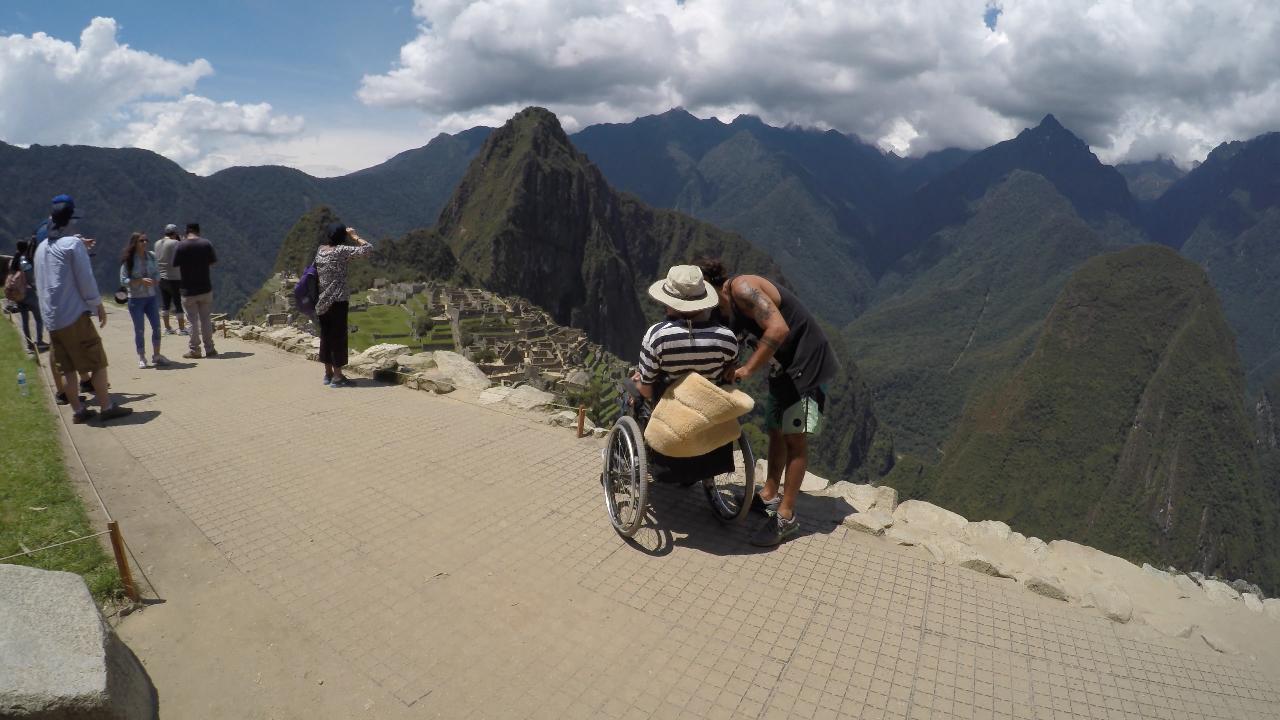
Manly
Don't miss out on the headlines from Manly. Followed categories will be added to My News.
- Fears midwife services will be scrapped
- Peninsula MP defends face cover ban
- Siblings meet for first time in 68 years
- Most romantic places to propose
PHILIP Stephens had just finished his HSC exams and was enjoying an idyllic summer on the northern beaches when a freak accident changed his life forever.
January 23, 1978, started out like any other day for him and his friends.
He’d spent it at Long Reef surfing and was just diving into the water one last time to wash off the sand when he misjudged the depth, hit the ocean floor and snapped his neck.
In an instant he became a quadriplegic.
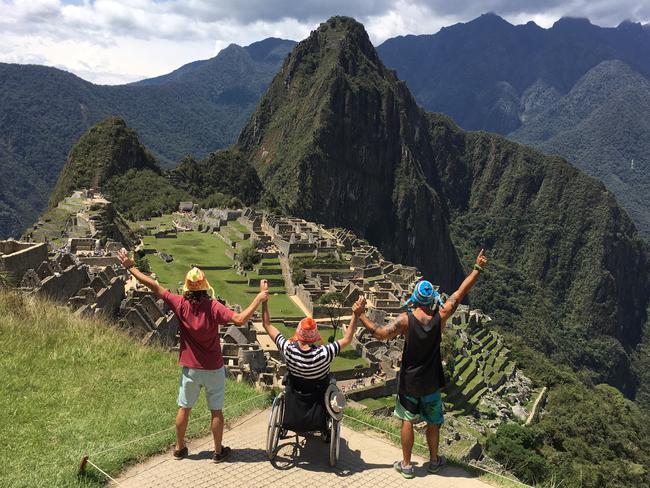
Face down in the water, but still conscious, he remembers wondering why the arms he could see either side of him were not pulling him out, before realising they were in fact his own arms and he could not move them.
Back on the shore, his mates thought he was joking around.
“One of my friends ran in and lifted my shoulder up, looked at me and dropped me back in,” he said.
Another friend realised he’d been face down in the water way too long and dragged him out, by which time he was unconscious.
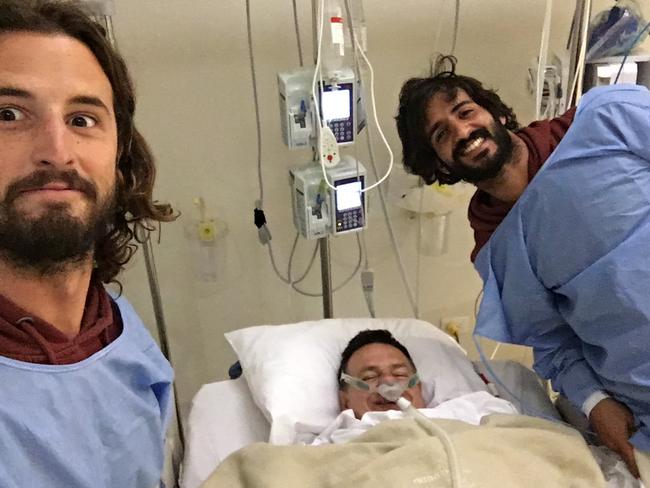
He was helicoptered to hospital where doctors soon realised he would never walk again.
After six months and four days at Royal North Shore, Mr Stephens returned to the family home in Seaforth, in a wheelchair, where his devoted mum was his main carer.
Having broken his neck at C4/5 he is unable to feel anything from the chest down, although he has limited movement in his arms and can text using his thumb and the knuckle of his little finger.
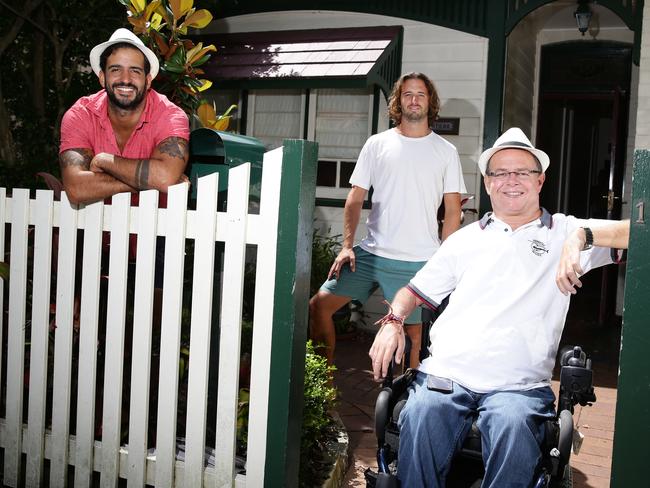
Despite his severe disability, Mr Stephens has always been up for giving things a go and for many, including his friends, two sisters and even his doctors, he is a true inspiration.
Within months of coming out of hospital, he had started at university, as he had always planned to do.
Four years later he left with a degree, has been employed ever since and when his mother’s health declined, moved into his own home in Manly, which he had beautifully renovated.
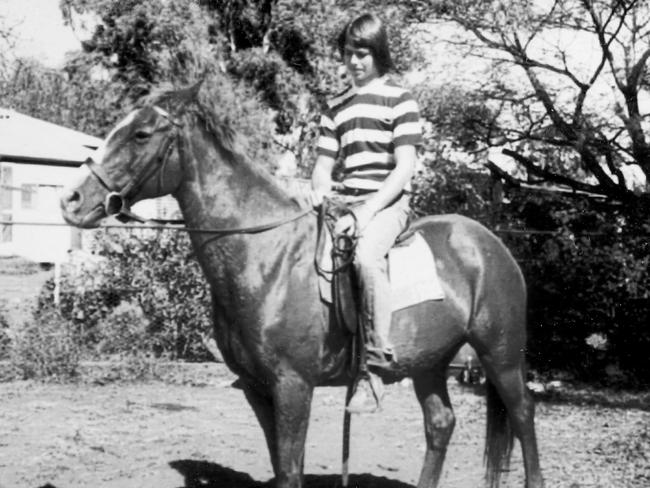
He lives there independently, with the help of a series of carers, who help him wash, dress and prepare his food, as well as get him to work.
Mr Stephens needs someone with him 24 hours a day, in case he needs assistance.
In the intervening years he has learned how to scuba dive, has developed a taste for fine wine and has travelled extensively around the world.
Last month he returned from the trip of a lifetime, a ten week tour of South America and the highlight was reaching the top of Machu Picchu, thanks to friends who pushed him in his wheelchair, but mainly carried him for most of the six hours it took to get to the top and back down again.
Most do the climb in two and a half hours.
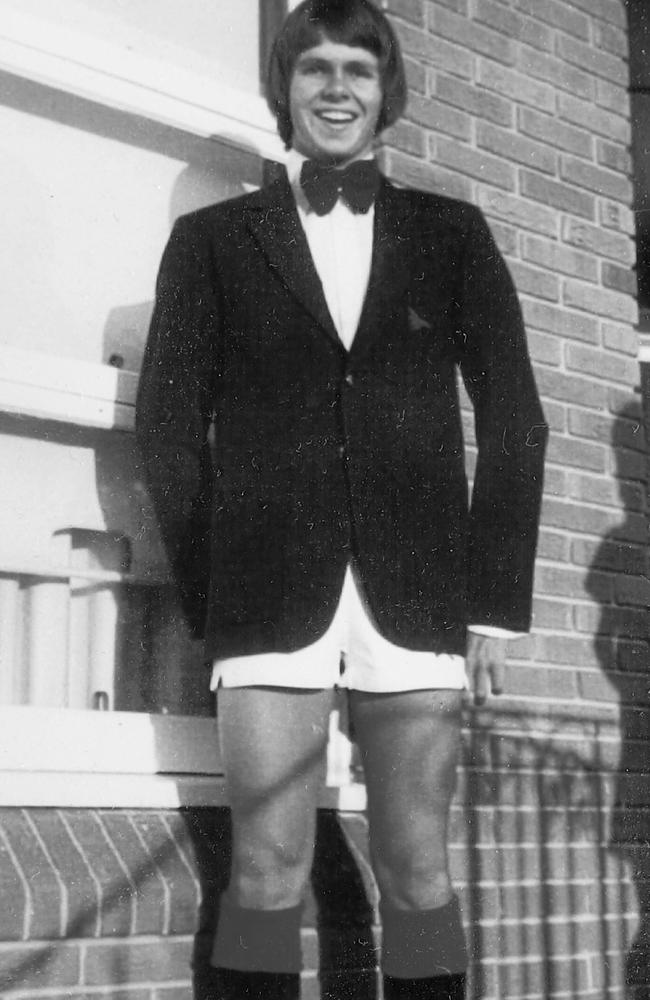
While he has always been pretty humble about his achievements, even he cannot quite believe he made it to the top of the Peruvian world heritage spot.
“Every time I think about Machu Picchu I get really emotional,” said Mr Stephens, who weighs around 72kg.
“I really think it is my biggest achievement.
“People doing the climb were looking at us thinking we were crazy.
“I can’t believe that my friends did that for me.
“They carried me and I could see how exhausting it was for them.
“That climb involves millions of stairs made out of rocks and the paths are pretty much impassable for wheelchairs.
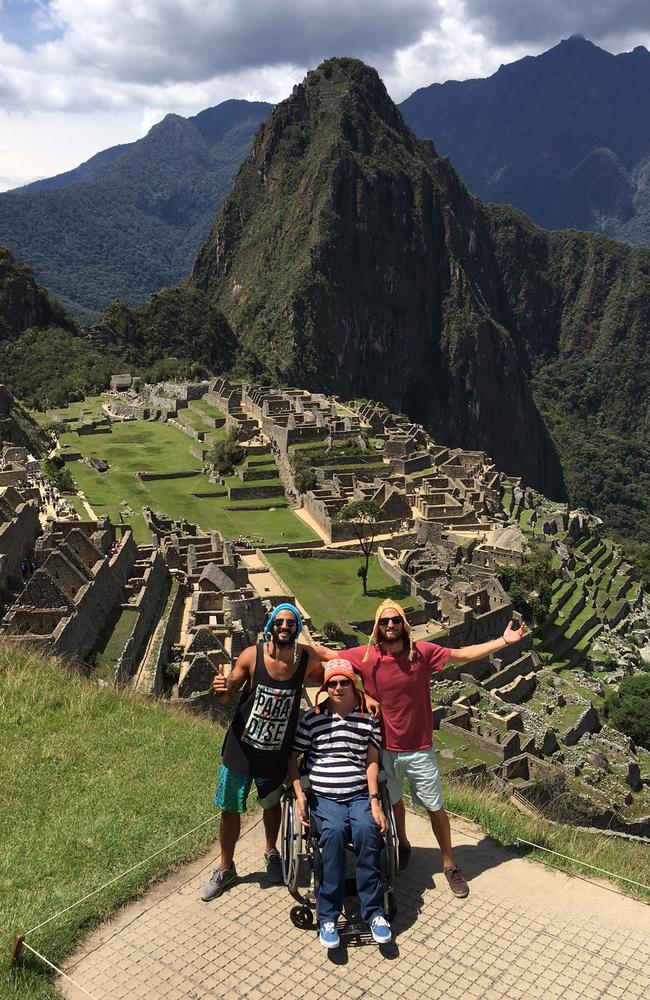
“At one point there were a set of 60 steps.”
Mr Stephens, a senior financial analysts who has worked for MLC in North Sydney — part of National Australia Bank’s wealth management arm — since leaving university, said he’d achieved everything in his life because of the support of his family, especially his late mother Helen, who was the “greatest inspiration and support I’ve had”.
And, he has kept his wide circle of friends from North Sydney Boys High, who kept his spirits up while in hospital and as he adjusted to his new life, plus he has found himself a new circle of friends within the Argentinian community.
“It all started when I advertised for a carer on Gumtree and I got a reply from an Argentinian,” he said.

He introduced Mr Stephens to other Argentinians and when he returned to his country, he suggested the carer’s role to a friend. Ever since, Mr Stephens has had a series of Argentinian carers on short-term work visas.
“They have welcomed me into their world with open arms,” he said.
And, his trip through South America was made possible by former carers who met him at various spots and helped him complete different parts of the trip, which included Costa Rica and Chile.
It was Emiliano Bisson and Marcos Peluffo who helped him get to the top of Machu Picchu.
“I’ve been to a lot of countries where wheelchairs should not go,” said Mr Stephens.
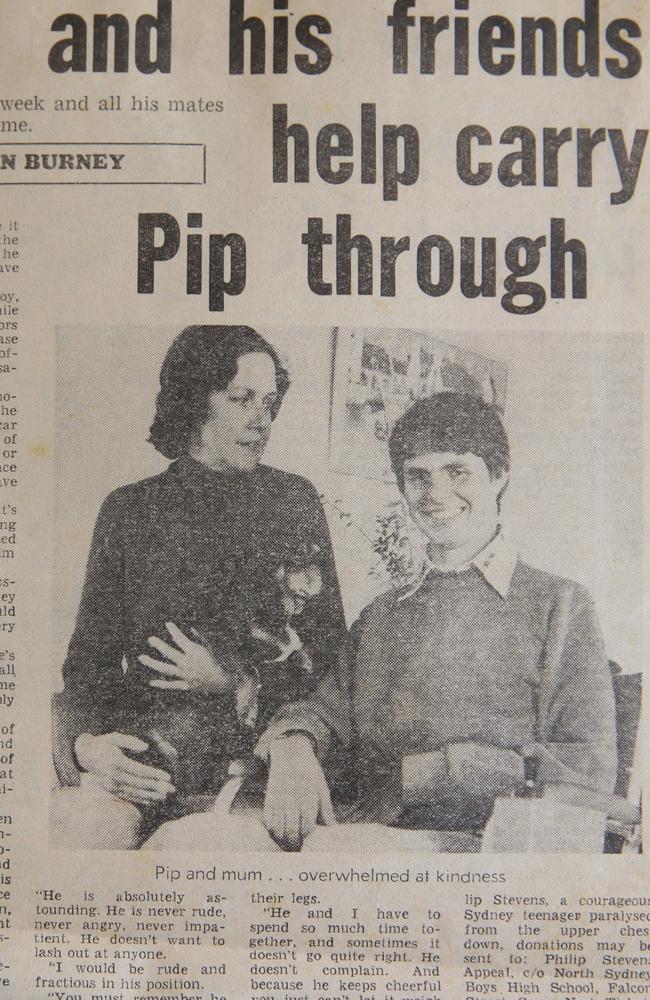
“I thought I’d achieved something when I got to see Angkor Wat in Cambodia, took a junk boat out in Halong Bay in Vietnam and explored the medinas in Morocco.
“I even scuba dived in Hawaii.
“But Machu Piccu was the most incredible thing I have done.”
What is even more amazing is that five days before he was in intensive care in Lima, suffering from arrhythmia, which is when the heart races even at rest. His was stuck at around 138 bpm.
Doctors said it could have been a virus or even the emotion of the trip, which triggered it.
After a procedure to shock his heart back to a normal rhythm, Mr Stephens was discharged and he continued on to Machu Picchu, despite a train strike, which meant he had to bring his plans forward 24 hours.
“Some people have said I’m inspirational and I’ve never thought of myself like that,” he said.
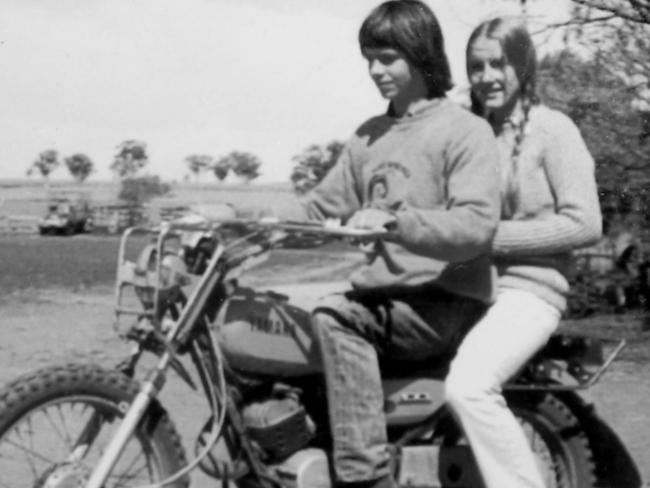
“But after Machu Picchu I thought my story might inspire others, which is why I am happy to tell it.
“All my doctors think I’m crazy. They all know the risks for me if I had been dropped, especially in a third world country.
“Something like that could mean the end for me.
“It was like when I went scuba diving. I knew the risks, but I just put my concerns aside, otherwise I would never have done it.”
Although his plans probably give his consultants nightmares, they are proud of him too.
His cardiologist Professor Greg Nelson at Royal North Shore, even has Mr Stephens’ picture of himself at the top of Machu Picchu as a screen saver on his computer.


